The Cannabis Plant: A Biology Lesson
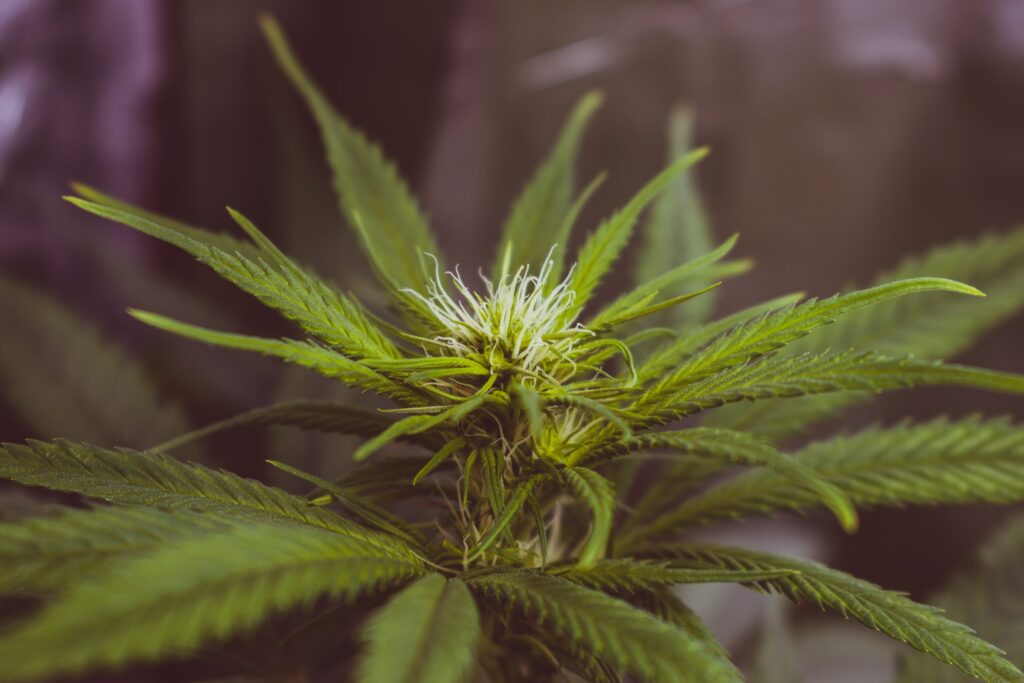
Most people will be able to identify a cannabis plant from a mile away with its unmistakable fan leaf being its most popular characteristic. Although the cannabis plant shares basic structures that are found on most plant species that flower, this particular plant still remains one of the most unique.
Cannabis plants have long, lean stems that produce fan leaves from points known as nodes but it’s the intricacies of the Flower found on female plants that really make this specimen stand out. The cannabis flower is no ordinary flower. It produces dense buds covered in sugary crystals and tiny hairs that are fiery orange.
Let’s dissect the flower to discover its different parts:
Cola
A cola is a bunch of buds growing tightly together. While you will find smaller colas growing on the lower branches, the boss of all colas is the one that develops on the top of the plant. It is also referred to as the apical bud.
Stigma and Pistil
The pistil is the flower’s reproductive organ that has stigmas, which are fine hairs that collect pollen from male plants. When the flower starts growing, these stigmas are white and as the plant matures, they turn yellow or orange or brown. Stigmas have little impact on the flower’s taste and potency.
Bract and Calyx
Enveloping the pistil is the bract, which is green, and teardrop-shaped. A bract is what encapsulates the female’s reproductive parts. The bract is covered with trichomes, resin glands that secrete cannabinoids such as THC. Within the bract is the calyx, which is a layer at the flower’s base that covers the ovule. You need a magnifying glass to notice the calyx.
Trichomes
For cannabis users, the trichomes are the most important part. These glands are actually produced by the plant as a protective mechanism against predators but it’s the most appealing part for humans. Trichomes give the buds that crystal blanket look and they produce the THC, CBD, terpenes, and other compounds. Hash production is particularly dependent on the trichomes.
Plant Genders
So, that’s the female plant and discerning growers typically use feminized seeds to ensure females grow and not males because they pollinate females to stimulate seed production. And we don’t want to smoke buds packed with pips. Males are used by experts for plant breeding, and also for growing hemp as the basis for fabric products.
Then we get hermaphrodites who exhibit both male and female sex organs and can self-pollinate producing buds with seeds as well. A plant can turn into a hermaphrodite when external factors change that cause the plant to stress out. It could be a disease attacking the plant, damage inflicted on the plant like a broken branch, extreme temperatures, bad weather, too much light, or nutrient deficiencies.
This is why during the growing process plants must be inspected for changes in their health as well as monitoring the growing environment. The moment you notice a male plant or a plant looking distressed, it’s better to pull it out so female plants are not affected.
Growing Stages
Cannabis plants progress through phases of growing and maturation and each stage has different requirements in terms of light, water, and nutrients. Understanding these phases and how long they last will help you determine the optimal time for pruning and harvesting.
Depending on the strain you are growing, the period from sowing the seed to harvesting can be anywhere between 8 or 30 weeks. The way to speed up this process is by cloning a plant, using auto-flowering seeds, or applying techniques to force the plant to flower earlier.
It’s possible to force your plants to flower whether they are growing indoors or outdoors. There are different reasons why growers use this technique. When growing outdoors in colder climates, force-flowering is used to harvest the plants before the first frost hits, or in warmer climates, it’s done to prevent the plants from growing too big.
Force-flowering is basically reducing light exposure to the plants. For outdoor growing, this could be through covering the plants sooner in the day with a light-proof material to ensure they get at least 12 hours of darkness, which will trigger the flowering stage. If growing indoors, simply set the lighting to go off and make sure no light gets into the growing area.

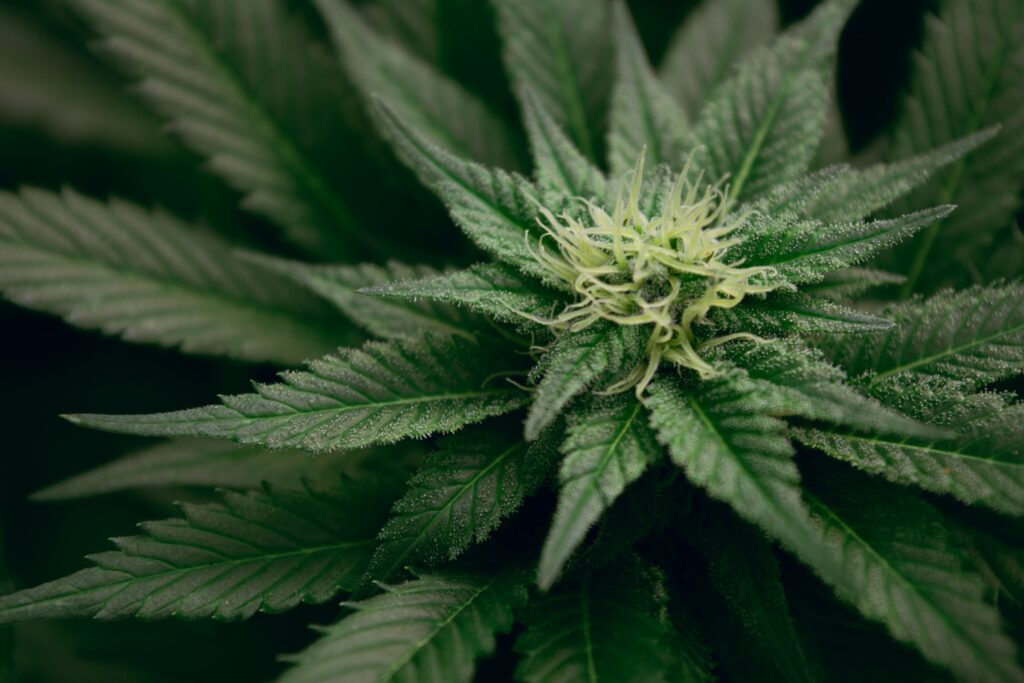
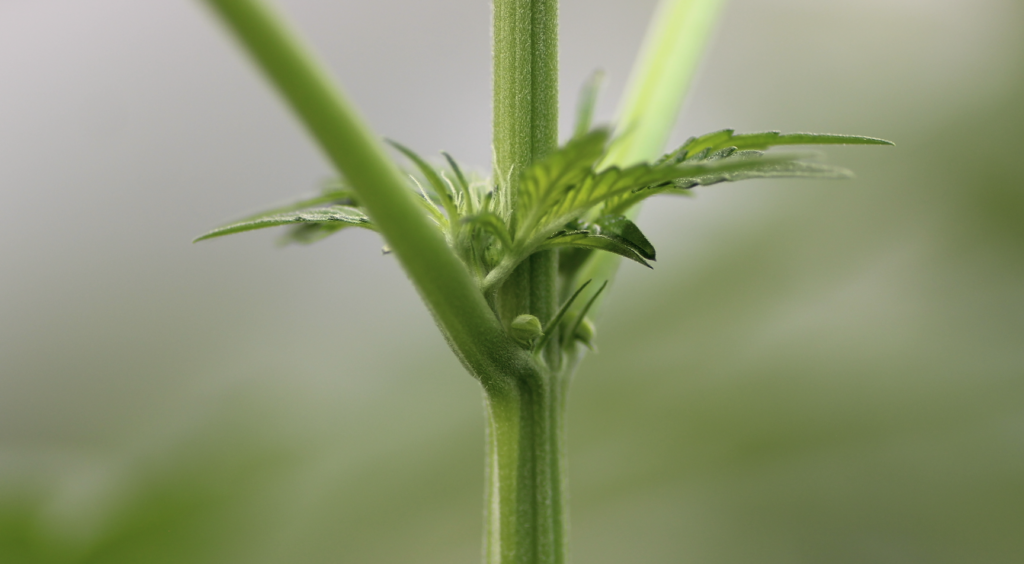
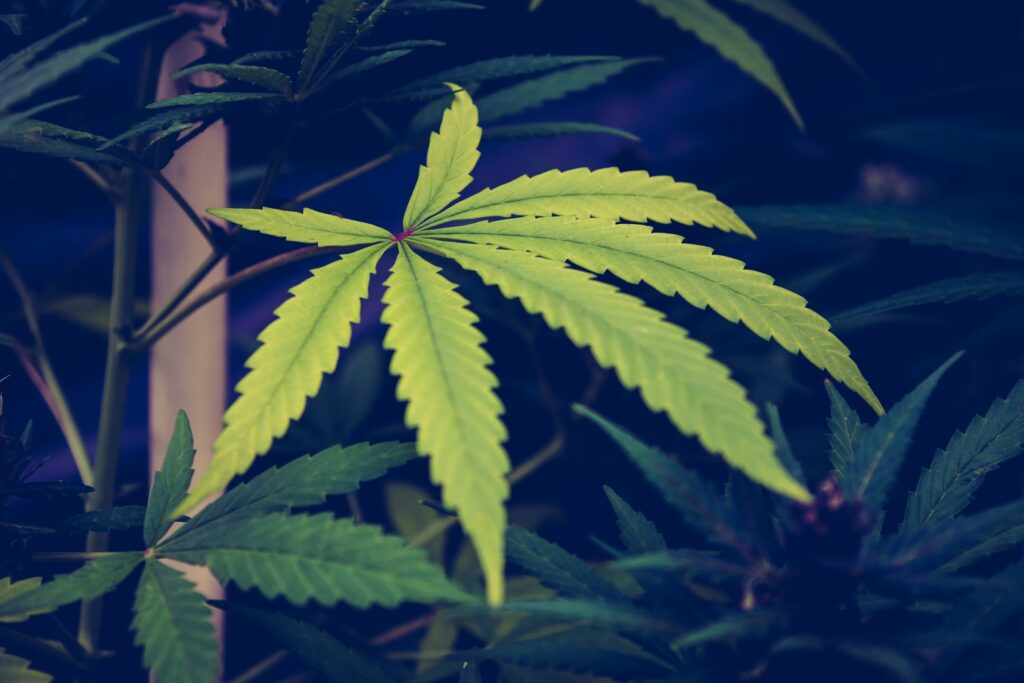
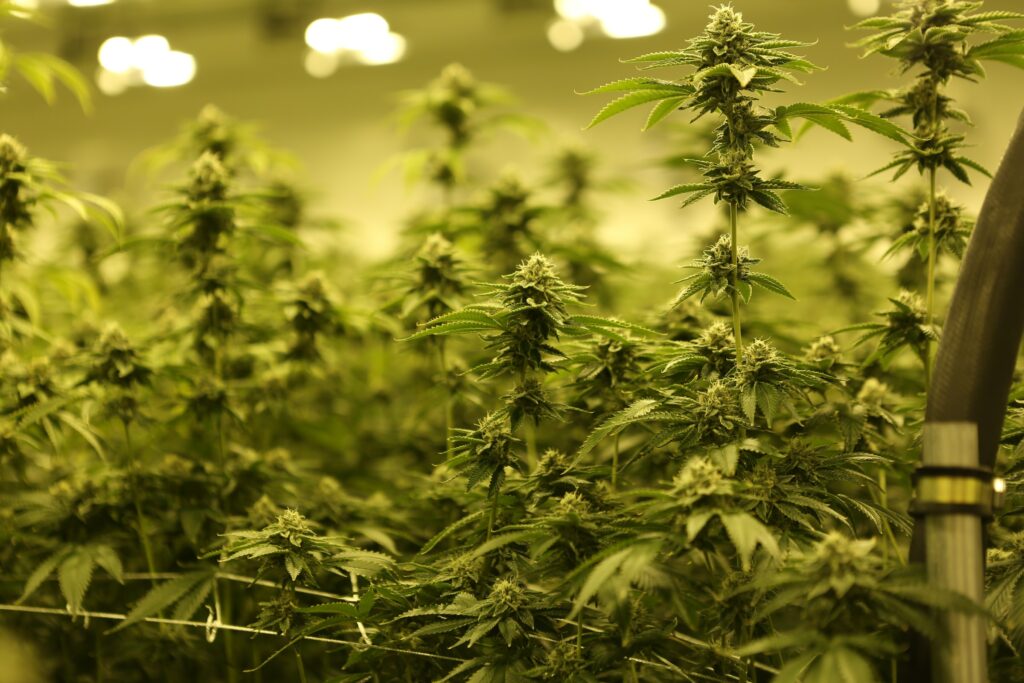

Responses